Technology Drives Doctrinal Changes
 |
Master Cpl. David Broad, CF, and Master Cpl. Matt Kropac, CF, both signals operators with the Canadian army, report suspicious vehicle locations at Ypres, a Canadian forward operating base, during Empire Challenge 10. U.S. Joint Forces Command (JFCOM) sponsors the annual event, where multinational intelligence, surveillance and reconnaissance emerging technologies are examined. |
The new leader of U.S. Defense Department joint experimentation is setting the priorities for upcoming joint and coalition operational concepts based on requirements that warfighters in Afghanistan and Iraq have identified. Although U.S. Joint Forces Command is slated to be disestablished, today’s J-9 is looking 10 to 15 years out, not only designing gee-whiz technology but also creating doctrine for fighting in future conflicts. One crucial concern is addressing problems the military will face if conflict arises in an area with limited access that is in close proximity to the war zone.
Maj. Gen. Joseph Reynes Jr., USAF, the new director of the Joint Concept Development and Experimentation Directorate (J-9), U.S. Joint Forces Command (JFCOM), Norfolk, Virginia, experienced firsthand one of the directorate’s solutions to a warfighting problem. Immediately before moving into the J-9 position in September 2010, the general was serving in Baghdad as the director of the Air Component Coordination Element, U.S. Forces–Iraq. While there, he saw how a Joint Urban Fires prototype handheld device, a J-9-developed solution, allowed warfighters to see targets and to find and automatically assess collateral damage using commercial imagery.
“This is a huge technical transition and is driving doctrinal change in Iraq and Afghanistan. It shows the flexibility and adaptability of warfighter challenges quickly solved. Working in collaboration with the J-7 and J-8, the Joint Concept Development and Experimentation Directorate was able not only to rapidly find a solution with commercial applications in this device but also to test the technology and train the warfighters to use it. This capability is in the process of being fielded,” Gen. Reynes relates.
The general places doctrine high on his priority list. For example, late last year, representatives from dozens of nations wrapped up Multinational Experiment 6 (MNE6) (SIGNAL Online Exclusive, November 10, 2010). Typically, experiments involve some sort of hands-on involvement. But during this two-year event, participants shared their ideas about concept development for coalition operations. According to Gen. Reynes, the perspectives from other nations opened up how the experiment’s participants thought about coalition operations. Many of these nations already are implementing the concepts in their militaries by integrating them into handbooks and training.
One of the largest follow-on efforts emerging from the MNE6 is the Adaptive Logistics Network. This project began when NATO allowed its network to share logistics information across all of the International Security Assistance Force (ISAF) in Afghanistan. As a result, logistics data could be entered once but seen by all ISAF forces. Before this capability was set in place, the information had to be input into each country’s network manually. “This was a small software change, but it gave visibility into logistics to the United States and all countries. They could see the information and rapidly adapt,” the general says.
The directorate is working on several projects that specifically aim at requirements for future operations. In cooperation with JFCOM’s J-4 and J-7, the J-9 is creating a framework for the future. “This is going to make a huge difference because it is going to provide us with an enduring framework for future joint operations that we may be involved in with coalitions. This is just starting, but it takes the vision of the Joint Staff’s Capstone Concept for Joint Operations and looks at future challenges and what we will need to understand. It will set the stage as we look at some of the challenges that are 10 to 15 years out there,” Gen. Reynes states.
Working in unison with the J-7 and J-8, the J-9 is examining current training and integration of services. “We’ve been doing coalitions for a while now; we should have gotten this right. But coalitions change, circumstances change, so now we’re trying to do a much better job of taking these concepts and putting them into joint doctrine so the warfighter has a better basis beginning with training. Have we got it right? We’re doing better every day,” he adds.
Recently, the general met with several military leaders to discuss warfighter requirements at the enterprise level and consider broader solutions. The approach would bring all combatant commands, services, the Joint Chiefs of Staff and the Office of the Secretary of Defense into a single enterprise. One benefit that could result from this move is the ability to rank warfighter problems in order of criticality. Those requirements that are urgent will be set into a program so that the J-9 can best execute projects to solve them. “This process is maturing. While there are individual disagreements and different perspectives, it is still one of the best processes,” he says.
As a newcomer to the job, Gen. Reynes is impressed by how the J-9 has created metrics to validate near- and long-term advanced capabilities for use in combat, engagement, security, relief and reconstruction. Focusing on operationally relevant solutions, the directorate takes into account not only the practicality of a technology but also how these solutions will drive change in doctrine, organization, training, materiel, leadership and education, personnel and facilities (DOTMLPF). In light of the upcoming reduction of resources, Gen. Reynes explains that the J-9 must determine how to make the process of developing concepts more efficient.
Although he will not go into specifics, the general admits that the J-9 is working on cyberspace operations that involve both the military and civilian sectors and that support U.S. Cyber Command and U.S. Strategic Command. It is validating them across the joint enterprise, and examining tactics, techniques and procedures (TTPs) and the implications of their use. Some of the work involves scrutinizing guidance and policy to determine how cyber operations will affect the military, he allows.
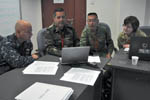 |
Military members from the U.S. Navy, Malaysia, Singapore and Australia develop a disaster planning strategy during a workshop held in the U.S. Pacific Command’s area of responsibility. This often is how concepts are examined to determine their validity. |
Looking five to 15 years into the future, the J-9 also is exploring a phased adaptive approach to ballistic missile defense both for the United States and abroad. The idea is to create the flexibility to adjust response as the threat changes, the general reveals. The directorate is developing recommendations about the priority, deployment and employment of a response. For example, it is exploring where U.S. assets should be located. This also is a new project, and few modeling and simulation tools exist to conduct validating experiments, he admits.
The J-9 has been reviewing last year’s priorities such as countering irregular threats to air operations and assessing how to work with multinational partners. It has been exploring information-sharing tools that would enable problem solving within other nations without military or government intervention.
In addition to fielding the Joint Urban Fires handheld device that Gen. Reynes found so useful while in Iraq, the directorate will address the need for persistent surveillance. The Joint Integrated Persistent Surveillance network is one solution being considered. It has demonstrated a 20 percent increase in capacity and capability, which improves visualization and prioritization of targeting information. With this increase, the extremely cost-effective system can obtain surveillance from across an environment, the general says.
Work on the Joint Concept for Logistics has just begun at a senior level. The goal is more than creating “just-in-time logistics” but rather making the process invisible to the warfighter so operational tempo can be maintained. This program may not involve material solutions; current experiments are identifying the risks, gaps and opportunities within the concept, the general explains.
While developing concepts to address future needs and military circumstances, one of the J-9’s challenges is how best to transition validated concepts and technologies into TTPs and doctrine for products. Gen. Reynes explains that one of the largest adjustments will be defining the “change agent.”
“In the past, people gave us the challenge and said ‘J-9, you’re the change agent. You’re the one who will fix this.’ We were given the problem and were expected to field a solution, which is not in our Title X job. So we’re working with our partners and customers. When someone comes to us with a warfighting challenge, we’re identifying upfront who’s going to be the change agent. Who’s going to take this on to implement the solutions or decide when the solutions will be implemented?” the general explains.
Shortening the time between understanding the warfighters’ problem and delivering solutions to the field also is a J-9 priority. “We used to put out tools that were spiraled. Now, we’re going to put the concept out there [in a guidebook], and they can use it as a tool to work those solutions to cut down on the time between when they discover problems to when they have solutions,” Gen. Reynes says.
To accomplish this task, the team is looking at Lean Six Sigma techniques to determine how it can be more proactive. One goal is to improve the definition of problems sooner and deliver DOTMLPF information to the field faster.
The MNE6 event is a good example of how more can be done with less, the general relates. Representatives from countries that do not have the resources to buy the latest technologies still implemented changes immediately by creating or re-creating doctrine using new concepts. “When money is short, you have to be smarter. We have to work harder on that concept development to make sure we have good concepts,” he states.
WEB RESOURCES
U.S. Joint Forces Command, J-9: www.jfcom.mil/about/abt_j9.htm
Multinational Experiment 6: www.jfcom.mil/about/experiments/mne6.html
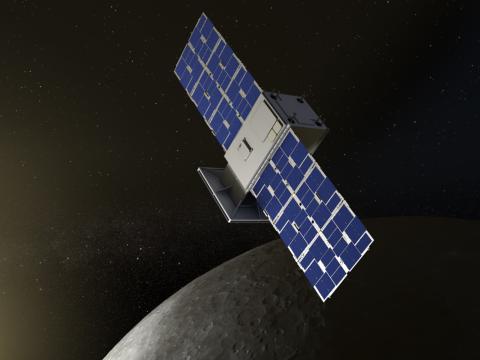
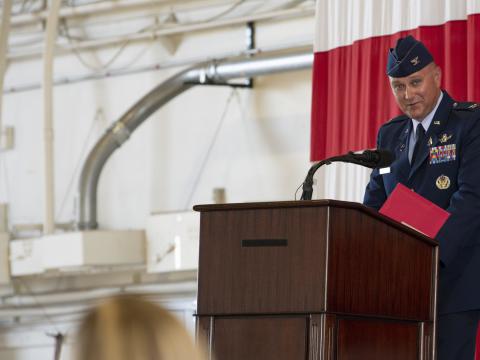

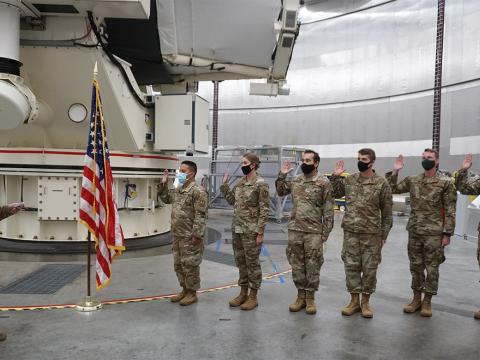
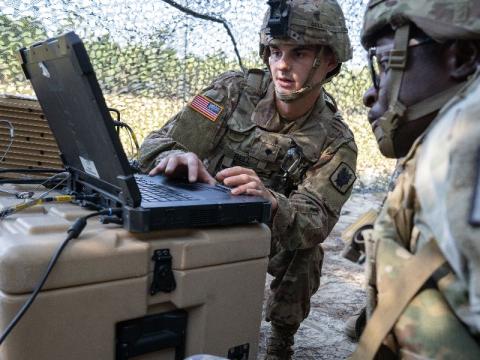
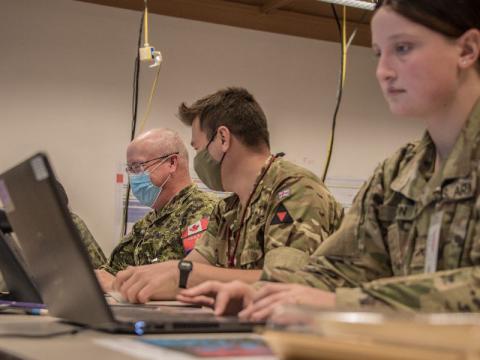
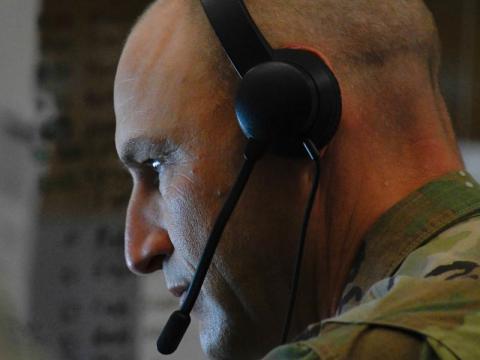
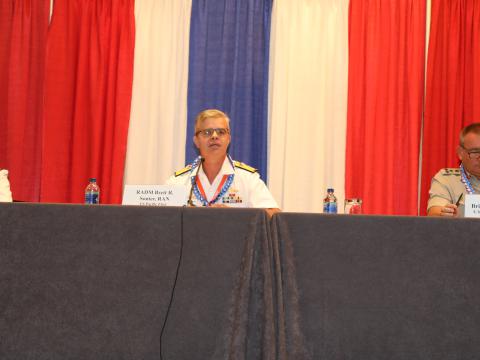

Comments